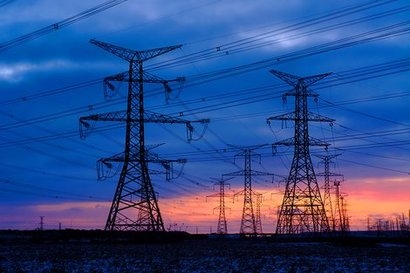
The milestone was achieved by pursuing a number of pathways including supporting projects aimed at generating the company’s own renewable electricity, such as installing solar roof panels, along with e-mesh digital solutions for distributed energy resources, thereby maximising energy efficiency and minimising CO2 emissions.
In its Zhongshan factory in China, the company is generating nearly 20 percent of its total energy consumption from solar panels. In its first year of operation, the power generated at the factory is expected to reach 1,510 megawatt hours (MWh), contributing to the reduction in annual carbon emissions by more than 1,000 tonnes.
“By achieving 100 percent fossil-free electricity in our own operations, we have reduced our CO2 equivalent emissions by over 50 percent compared to 2019” said Claudio Facchin, CEO of Hitachi Energy. “The Net Zero challenge is global and it's about acting now, innovating and collaborating across countries, industries and societies. Together with customers, partners, and all stakeholders, we are advancing the world's energy system to be more sustainable, flexible and secure.”
The targeted 50 percent reduction achieved ahead of plan will amount to approximately 175 kilo tonnes of CO2e per year, equivalent to removing over 35,000 passenger cars off the road.
Hitachi Energy has also switched to green tariffs, bought Energy Attribute Certificates (EACs), and signed Power Purchase Agreements (PPAs) across its operations and facilities in 90 countries. The company also intends to increase energy efficiency and electrification across its operations.
In Ludvika, Sweden, the company is now using 100 percent renewable electricity generated from hydropower and from solar panels. Ludvika is one of Hitachi Energy's largest production facilities and is now close to removing the use of all fossil fuels from all its operations.
For additional information:

